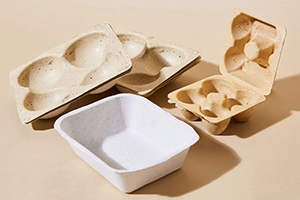Introduction: Why Flexographic Printing Deserves Your Attention
Ever held a snack packet and been captivated by the striking hues or elaborate patterns adorning it? Or spotted the powerful branding on a corrugated delivery box? If you’re a business owner, packaging purchaser, or manager seeking exceptional printing options, flexographic printing—often dubbed “flexo”—should command your focus.
This dynamic technique is a revolutionary force in the packaging realm, seamlessly marrying rapidity, adaptability, and cost-effectiveness in a way few methods can rival. But what fuels its magic, and why should it be a priority for you?
In this comprehensive exploration, I’ll break down the flexographic printing definition, guide you through its operational brilliance, and illuminate why it might just be the hidden gem for crafting striking, long-lasting packaging.
Moreover, I’ll highlight its impressive versatility across industries, from creating non-toxic, quick-drying prints for food packaging to ensuring FDA-compliant designs for pharmaceutical products. Whether you’re a newcomer to the field or optimising your logistical operations, let’s uncover, through this journey, how flexo can elevate your brand’s initial impact with unparalleled finesse.
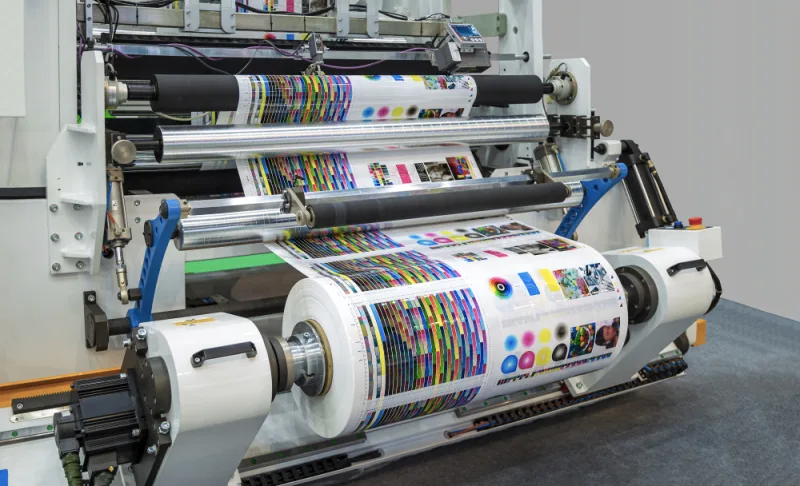
What Is Flexographic Printing? The Basics Unraveled
Let’s dive in with the essentials: flexographic printing, commonly known as flexo, is a modern marvel in the realm of print technology, using flexible relief plates to apply ink onto virtually any material. Envision a sophisticated twist on the classic rubber stamp—a bendable plate with a raised pattern captures fast-drying ink and imprints it flawlessly onto substrates like paper, plastic, or even metal.
With roots stretching back to the late 19th century, flexo has evolved into a cornerstone of the flexographic printing industry, particularly dominating the world of eye-catching packaging and labels.
Why does this matter to you? The true brilliance of flexo shines through its ability to tackle challenging, irregular surfaces with astonishing speed. Picture a torrent of flawless cereal box designs streaming off the press in just minutes—that’s flexo showcasing its strength.
Moreover, for companies needing high-volume production without sacrificing precision or quality, it stands as a vital partner in the competitive packaging landscape, blending efficiency with consistency.
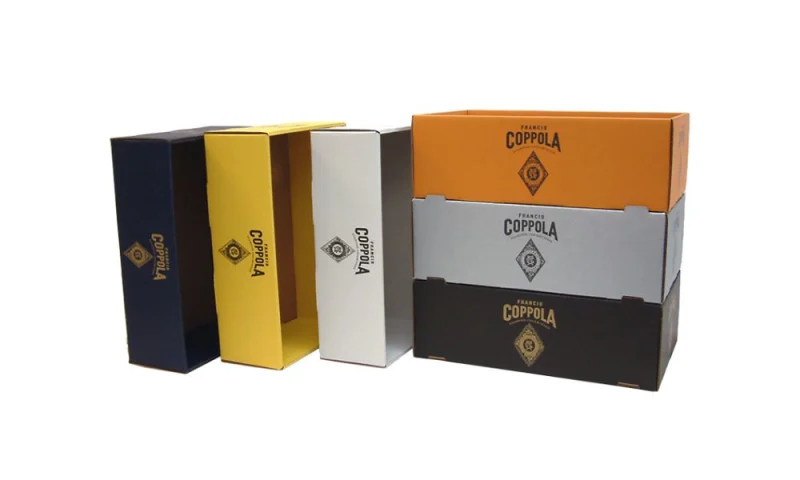
Why Flexographic Printing Rules the Packaging World
Let’s face it: in today’s fiercely competitive arena, your packaging does far more than protect—it’s the first impression your brand makes on a customer. A subpar print or slow turnaround can damage your image in the blink of an eye. This is precisely where the flexographic printing advantages shine, offering a powerful remedy to these challenges with unmatched efficiency.
Countless businesses grapple with finding a printing technique that balances speed, affordability, and versatility. Flexo rises to the occasion, effortlessly handling a spectrum of materials—from sturdy corrugated cardboard to sleek plastic films—using a variety of flexo printing ink types such as water-based or UV-curable options.
Furthermore, it excels in high-volume runs with presses hitting speeds over 600 feet per minute, slashing waste and delivering flawless results every time, much like a trusted ally who thrives under pressure. I’ve witnessed firms like C MIC Packaging leverage flexo to craft bespoke designs that not only captivate with precision but also champion sustainability through innovations like HD Flexo. Indeed, it’s more than mere printing; it’s a bold declaration of quality and care.
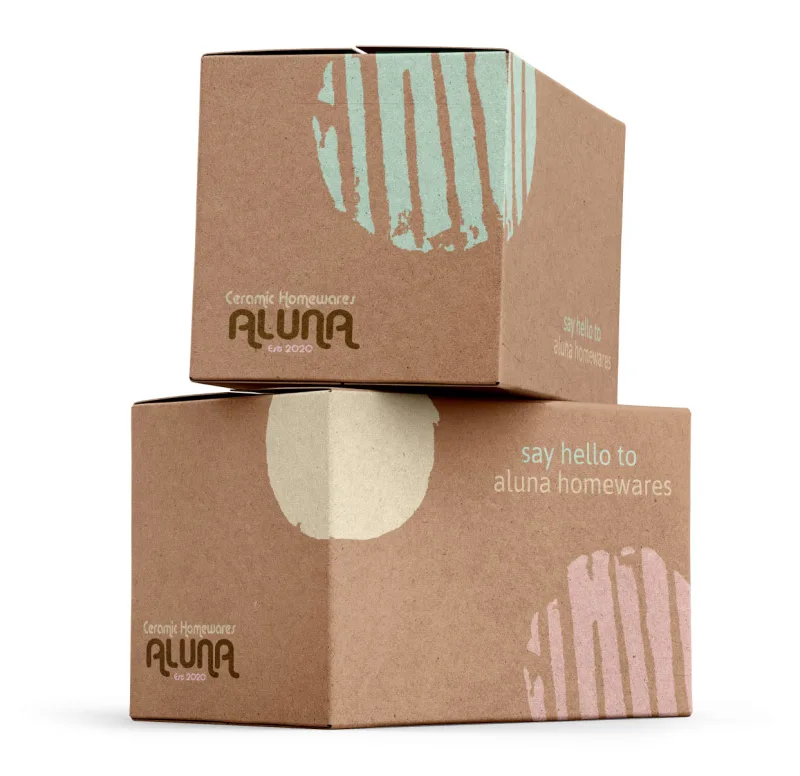
How Does Flexographic Printing Work? A Peek Behind the Curtain
Ever wondered about the magic that brings those eye-catching candy wrappers to life? The flexography printing process is akin to a meticulously rehearsed ballet, where every element performs in perfect harmony. Let’s lift the curtain and explore how it happens, broken down into simple, vivid steps:

-
Plate Crafting: The journey begins with crafting a flexible plate, typically from rubber or photopolymer, featuring a raised, mirrored image of the design. Imagine carving a bespoke stamp, but with flexographic printing technology, ultraviolet light hardens the image areas, while unhardened parts are washed away for pinpoint precision.
-
Plate Setup: Next, this plate is secured onto a cylinder within flexographic printing machines. If your artwork dazzles with a spectrum of colours, each shade is assigned its own cylinder, ensuring seamless alignment with breathtaking accuracy.
-
Ink Distribution: Then, an anilox roller—a cylinder dotted with microscopic cells—collects the ink and delivers a flawless measure. A doctor blade skims off any surplus, guaranteeing uniformity. Picture spreading butter on warm toast: just the right layer, applied with flawless consistency.
-
Design Transfer: Afterwards, the inked plate glides against the material, or substrate, with an impression cylinder applying even pressure to imprint the design onto flexographic printing materials such as paper or plastic film, ensuring every detail shines through.
-
Drying and Final Touches: Finally, rapid-drying inks, cured by heat or UV light, set the design in mere moments. The material is then expertly cut, folded, or laminated, poised to captivate on store shelves with its polished finish.
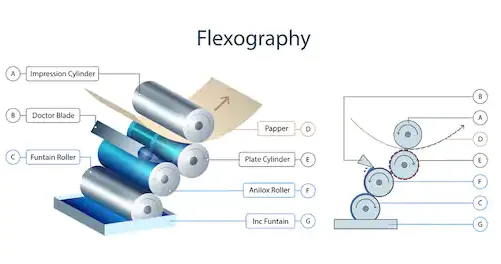
This captivating process whirs along at astonishing speeds—reaching up to 750 metres per minute! Consequently, it’s no wonder flexo printing reigns supreme for businesses chasing tight schedules, delivering immaculate results with every swift turn.

What Materials Can Flexographic Printing Conquer?
Flexo’s greatest strength lies in its incredible flexibility. It effortlessly handles an impressive array of flexographic printing materials, establishing itself as a cornerstone for varied packaging solutions. Let’s explore the diverse substrates it dominates with ease:
- Paper and Cardboard: Whether it’s rugged kraft bags or intricate folding cartons, flexo triumphs on both rough and polished surfaces. It silently powers the creation of sturdy corrugated boxes essential for shipping.
- Plastic Films: Imagine snack wrappers or shrink labels—flexo imprints on pliable plastics with inks that grip securely, ensuring a flawless, smudge-free finish.
- Metallic Foils: Seeking a high-end, shimmering effect for luxury products? Flexo etches precise patterns on foil, instantly boosting your brand’s elegance.
- Non-Woven Fabrics: Even the textures of reusable bag materials are within flexo’s grasp, showcasing its extraordinary breadth of capability.
This remarkable, shape-shifting adaptability ensures that whether you’re packaging crisps or dispatching tech devices, flexo stands as your reliable ally. At C MIC Packaging, I’ve seen firsthand how matching the ideal substrate with flexo can transform an ordinary package into a striking masterpiece, all while maintaining stringent quality control standards.
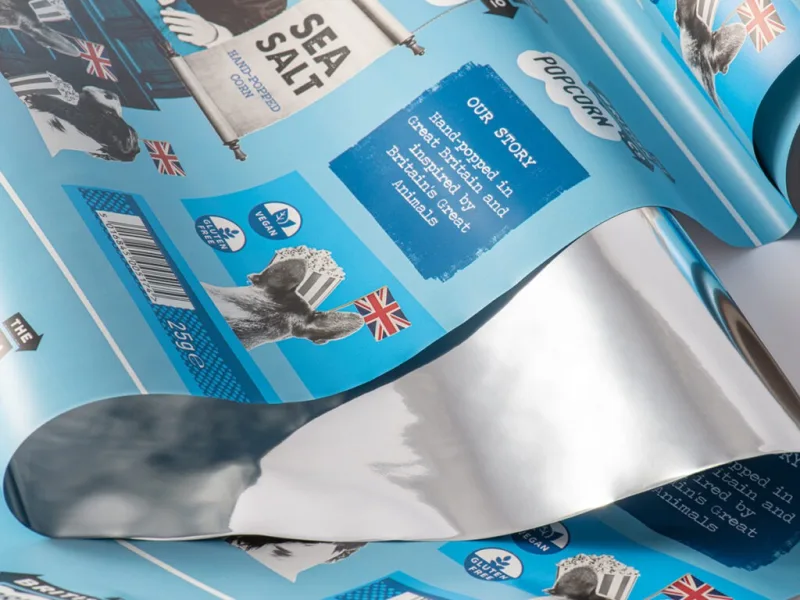
Where Does Flexographic Printing Shine in Real Life?
Curious about how flexo printing weaves into the fabric of daily life? Its flexographic printing applications stretch across a myriad of industries, tackling real-world packaging challenges with flair. Let’s explore some standout examples:
- Food Packaging: Flexo brings life to wrappers, pouches, and boxes for everything from crispy snacks to chilled dinners, using food-grade inks to ensure safety while splashing vibrant designs that catch the eye.
- Labels and Stickers: Whether it’s barcode tags or engaging peel-off stickers, flexo’s pinpoint accuracy masters variable data and adhesive surfaces with effortless skill.
- Corrugated Shipping Boxes: Notice the bold logos on your recent parcel? That’s likely flexo at work, conquering coarse textures to create branding that commands a second glance.
- Flexible Packaging: Those durable, eye-catching prints on retail plastic bags and films? Flexo delivers, ensuring the visuals endure daily wear and tear with unyielding charm.
As you wander through a supermarket aisle next time, pause and observe—those cereal boxes and soda labels bear flexo’s unmistakable touch. Indeed, its remarkable versatility positions it as an essential tool for brands eager to carve a distinct identity in a crowded market.
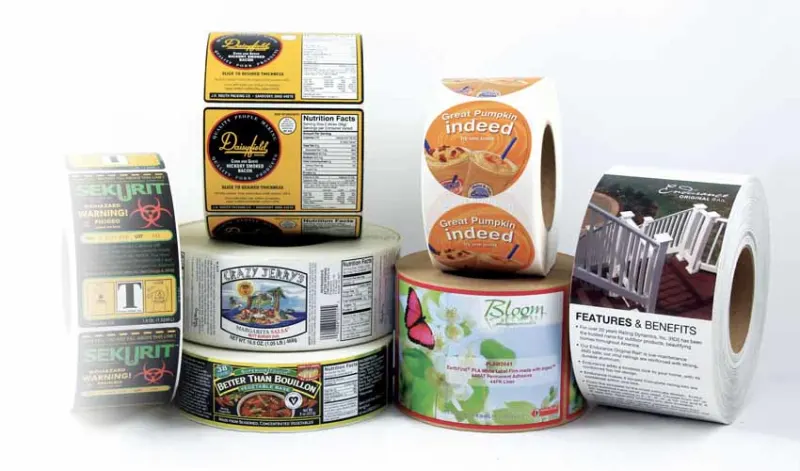
Why Should You Bet on Flexographic Printing?
What sets flexo apart as the go-to option among printing methods? The flexographic printing advantages are hard to ignore, particularly if packaging drives your business. Let’s explore the compelling reasons:
- Lightning-Fast Output: Flexo presses churn out thousands of impressions every minute, making them a lifeline for meeting aggressive deadlines in dynamic, high-demand markets.
- Cost-Effective for Volume: Once the upfront setup is done, reusable plates and swift production significantly cut per-unit expenses on bulk orders, ensuring your budget goes the extra mile.
- Versatile Substrate Range: As previously discussed, flexo excels at printing on diverse materials—from coated papers to food-grade substrates—eliminating the need for multiple systems and simplifying your workflow.
- Eco-Friendly Edge: Embracing water-based inks and sustainable techniques, flexo resonates with green initiatives, offering a clear advantage for brands committed to environmental responsibility in partnerships with companies like C MIC Packaging.
Imagine slashing production timelines while maintaining crisp, uniform prints across an eclectic array of products. That’s the power of flexo—a steadfast ally that delivers efficiency without sacrificing quality or draining your resources.
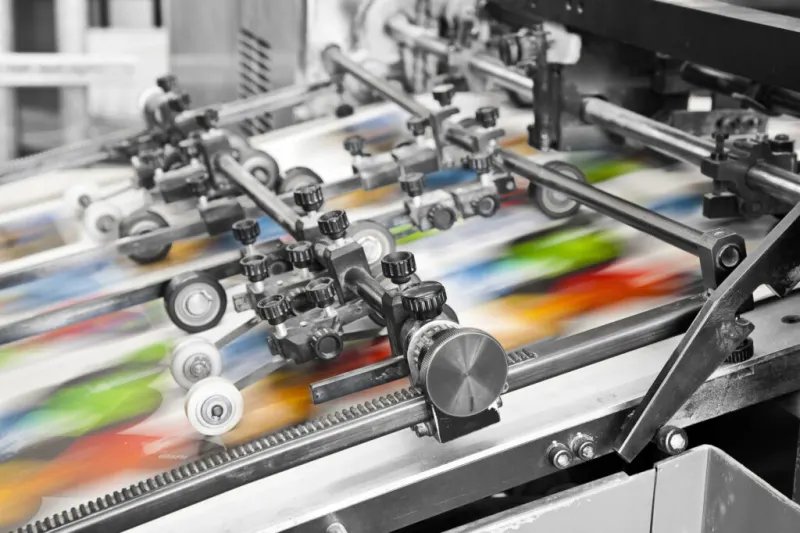
Are There Downsides to Flexographic Printing?
Let’s be candid—every printing technique has its drawbacks, and flexographic printing is no exception. Understanding these challenges allows you to make an informed decision about whether it suits your needs:
- Lengthy Setup for Detailed Projects: Preparing multiple plates for vibrant, complex designs often extends the initial setup time, particularly for smaller print runs where the effort may outweigh the benefits.
- Challenges with Minute Details: Compared to digital methods, flexo printing sometimes stumbles when reproducing extremely fine text or intricate visuals, as the flexible plates and applied pressure can limit precision.
- Risks of Pressure Imbalance: Incorrect pressure during the process can distort images, requiring experienced operators to maintain consistency and ensure high-quality results.
Think of it as balancing a delicate recipe—one wrong measure, and the final dish (or print) loses its appeal. Nevertheless, with expert teams and cutting-edge equipment, such as those at C MIC Packaging, these hurdles are frequently overcome through meticulous preparation and advanced technology.
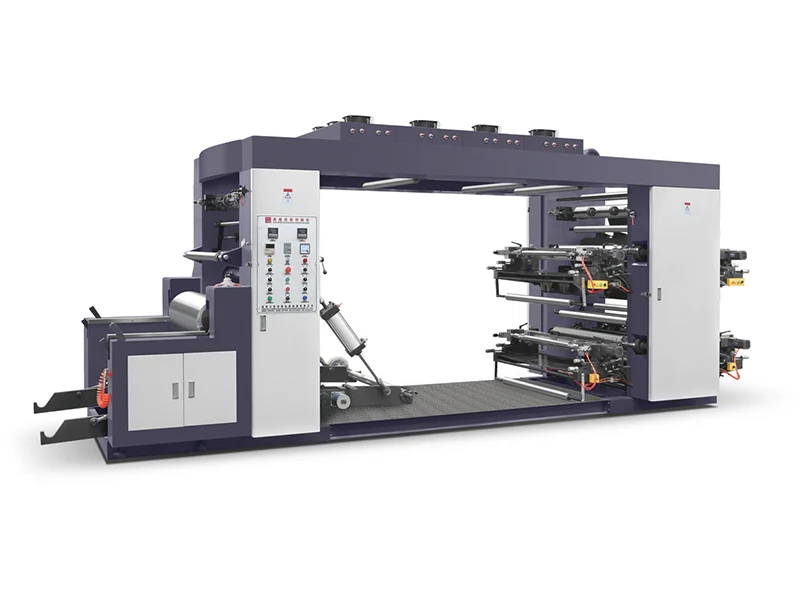
How Does Flexo Stack Up Against Other Printing Giants?
To truly understand flexo’s unique strengths, let’s compare it head-to-head with competitors like offset lithography and digital printing:

- Flexo vs. Offset Lithography: Offset takes the crown for delivering razor-sharp, vibrant prints on smooth surfaces such as paper, making it the go-to for stunning glossy magazines. However, flexo shines when tackling challenging textures like corrugated board or non-porous materials, boasting a faster setup that’s a game-changer for packaging tasks.
- Flexo vs. Digital Printing: Digital printing dominates for short runs and tailored designs since it skips the need for plates, though expenses can soar with larger orders. On the other hand, flexo excels with lightning-fast speeds—up to 2,000 feet per minute—and unmatched cost savings for high-volume production.
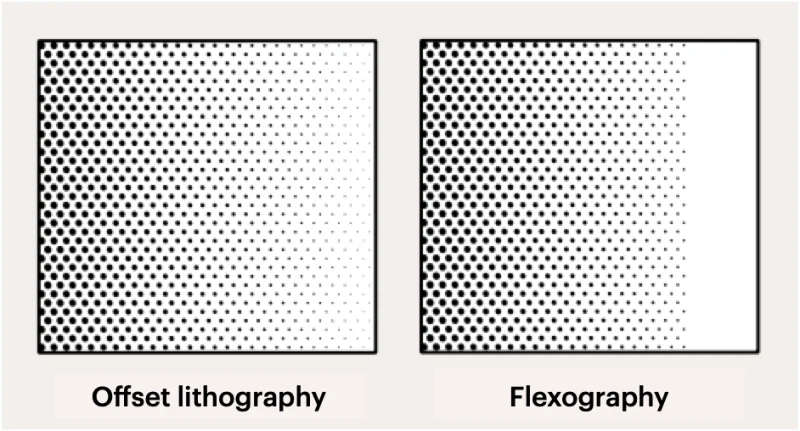
Imagine choosing between a nimble sprinter and a steadfast endurance athlete: digital printing sprints through fast, personalised projects with ease, while flexo, with its relentless drive, conquers the marathon of bulk printing, delivering efficiency and staying power.
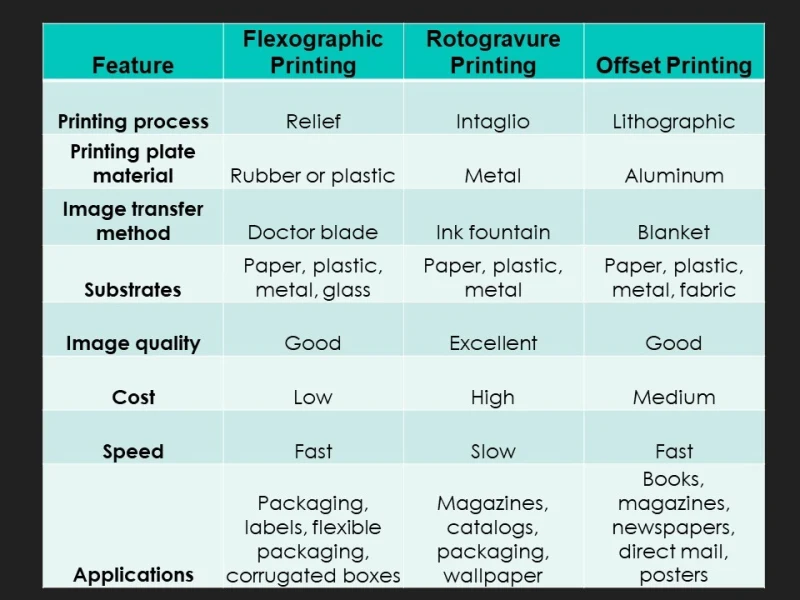
Is Flexographic Printing the Right Match for You?
Still on the fence about choosing flexo for your upcoming project? Let’s dive into these essential considerations to help you decide:
- Volume Demands: Need to churn out thousands of units in record time? Flexo thrives on high-volume challenges, tackling them with impressive speed and efficiency.
- Material Versatility: Dealing with unusual or textured substrates like plastic, metal, or cardboard? Flexo adapts like a chameleon, effortlessly handling a diverse array of surfaces.
- Cost Efficiency: Looking to stretch your budget on extensive print runs without sacrificing quality? Flexo’s reusable plates and automated processes offer remarkable savings, making it a smart choice.
If these points strike a chord, flexo might just be the game-changer for your packaging needs. At innovative hubs like C MIC Packaging, bespoke solutions are their forte—blending your specific requirements with flexo’s robust capabilities to deliver results that consistently shine.
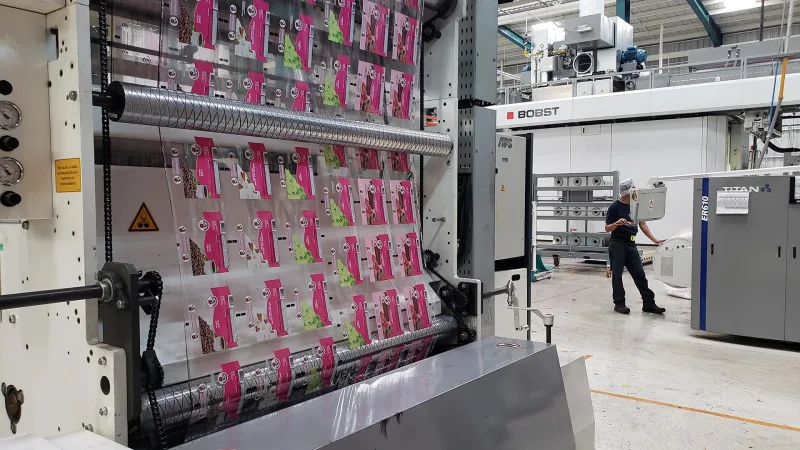
Conclusion: Could Flexographic Printing Redefine Your Brand?
Let’s tie it all together: flexographic printing is a dynamic, no-nonsense solution for businesses craving fast, adaptable, and cost-effective packaging prints. From mastering a wild array of materials to powering high-speed production, flexo fuels much of the packaging you see daily—those striking labels, sturdy boxes, and slick wrappers that grab your attention. Sure, it’s got quirks like setup times for tricky designs, but for large-scale demands, its perks often overshadow the pitfalls.
Ready to take your packaging from “meh” to mesmerizing without sacrificing speed or quality? It’s time to explore flexo’s potential with a trusted ally. Drop a line to C MIC Packaging, and let’s chat about crafting bespoke solutions that breathe life into your brand with precision and passion. Together, we’ll make your products the ones customers can’t overlook!

















